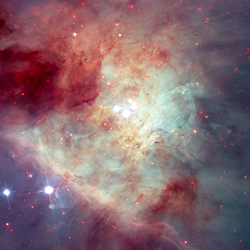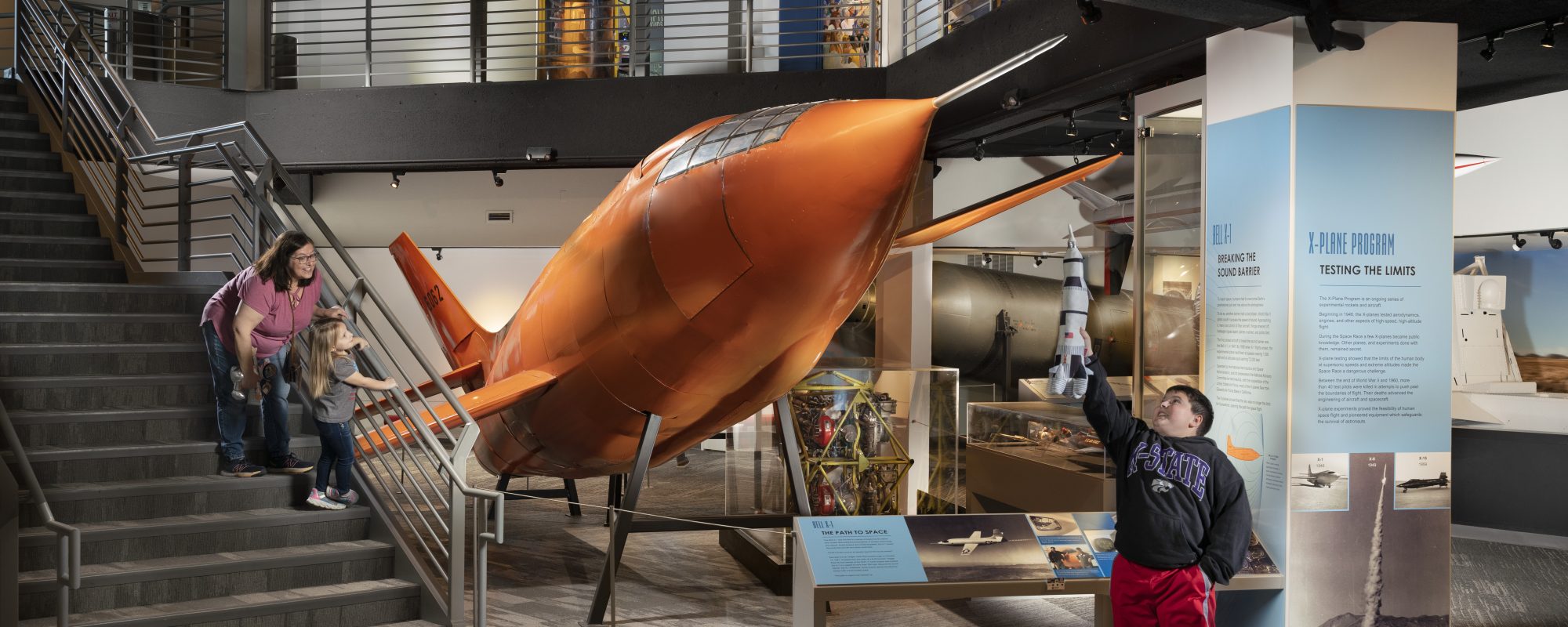By Dr. Steven Hawley
I remember April 24, 1990 almost as though it was last week. That was the date I was privileged to be on board the Space Shuttle Discovery on STS-31, the mission that launched the Hubble Space Telescope (HST) into Earth orbit. On April 25, using Discovery’s robot arm, I released HST to fly on its own for what we hoped would be a 15-year mission. As we slowly maneuvered Discovery away from HST, I recall thinking about the potential the telescope had to revolutionize our understanding of the Universe.

As it turns out, I may have underestimated Hubble’s effect on science and its ability to capture the public’s imagination. In 1986, the year I was initially assigned to the mission, NASA advertised that HST would “explore the solar system, measure the age and size of the universe, search for our cosmic roots, chart the evolution of the universe, and unlock the mysteries of galaxies, stars, planets, and life itself”. The science goals included three “key projects”, including the measurement of the Hubble Constant to an accuracy of 10% or better. The Hubble Constant measures the rate of expansion of the Universe and tells us how old the Universe is. At the time we launched, the age of the Universe was uncertain by a factor of two. The other two “key projects” were the determination of the properties of the intergalactic medium and halos of galaxies, and a medium-deep survey with no specific target as a gesture to the unknown.


Now 30 years later, how did HST perform against our expectations? Space here limits listing HST’s achievements to merely a few. HST made the first precise determination of the Hubble Constant and the age of the Universe (13.7 billion years). The Hubble Deep Field is an iconic image of one small spot in the sky taken over the course of 10 days in 1995. The spot was selected because it was away from the Milky Way and known clusters of galaxies. HST’s image showed thousands of galaxies. Follow-up observations revealed some of the galaxies had formed before the Universe was one billion years old. Among its other accomplishments: HST has captured high-resolution images of solar system objects and studied the atmospheres of planets around other stars; HST helped confirm the existence of black holes and dark matter; and HST observations led to the totally unexpected discovery of what we call “dark energy”, the name given to whatever is causing the expansion of the Universe to accelerate. Together, dark matter and dark energy make up about 95% of the Universe. “Normal” matter, the component that we think we understand, makes up the other 5%.
Hubble’s scientific accomplishments have fundamentally changed our understanding of the Universe. But Hubble also has captured the imagination of people for 30 years with stunning visual images. Hubble Heritage is a project that identifies and publishes HST images with the goal of connecting the public with the researchers trying to understand the Universe that we all wonder about. Perhaps, that appeal is part of the reason HST has been so popular for so long and that people identify themselves as “Hubble huggers.” That public support played an important role in extending HST’s lifetime by helping in the advocacy for reinstatement of the final servicing mission after it had been canceled following the Columbia accident.
Key to the scientific success of HST was the Space Shuttle and our ability to return to HST in orbit, upgrade instruments and repair or replace failed components. I was lucky enough to be part of the second HST servicing mission in 1997. We installed two new science instruments and made several repairs over the course of five spacewalks. In all, five servicing missions were flown between 1993 and 2009. Consequently, the telescope today is not the same one we launched 30 years ago. It is a much more capable instrument. With the retirement of the Space Shuttle in 2011, we no longer have the capability to maintain HST. Eventually, it will suffer a component failure that will end its science life. Ultimately, it will re-enter the atmosphere and burn up. Since some components are predicted to survive re-entry, it is likely that, sometime in the future, a robotic booster will attach to a fixture on HST. The booster will maneuver HST so it reenters over an intended location in the ocean. Even after HST is no longer in orbit, its scientific legacy will continue with new research utilizing the decades of accumulated observations.


After my space flight career ended, I’ve been able to use HST for my own research. The process to be approved for HST observing time has always been highly competitive with time available 20% or less of the total time requested. Proposals need to address why the science is important and why it needs to be done with HST. While the imagery we obtained for our research is probably the least visually engaging I’ve ever seen from HST, the scientific information contained in the imagery was exciting.
So, Happy 30th Anniversary, HST! I know from personal observation that HST shows the effects of the harsh space environment. There are numerous holes in the solar arrays due to orbital debris, a fairly large hole in one of the high-gain antennas, the insulation is worn in places, and the handrails are discolored and look scorched. However, scientifically it is still state-of-the-art and has a good chance of continuing to produce groundbreaking new observations well into the next decade. Eventually, HST will succumb to age and the challenges of the space environment. When that happens, I will celebrate the numerous advances in astronomy HST has produced. I will also mourn the loss of a long-time friend. I’m proud to say I’m a “Hubble hugger”.
Dr. Steve Hawley is a former astronaut who flew five Space Shuttle missions, including two to the Hubble Space Telescope, and a long-time friend of the Cosmosphere, currently serving on the Board of Directors of our Foundation Board. He is a native Kansan and professor emeritus of physics and astronomy at the University of Kansas.


